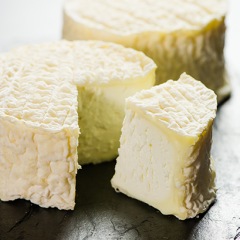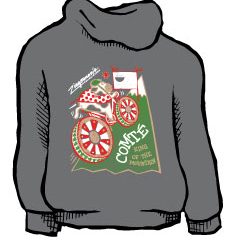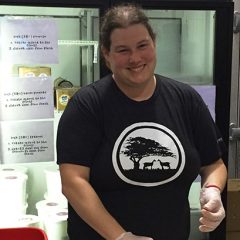
How Our Award-Winning Manchester from Zingerman’s Creamery Got So Good!
Zingerman’s Creamery just won big at the 2017 American Cheese Society Judging & Competition. Our Manchester was honored with a second place award in the Soft-Ripened Cheese category. Creamery managing partner Aubrey Thomason tells us how this cheese got so good! When I started at Zingerman’s Delicatessen in 2002, the Creamery had just opened on […]
Read more »


Zingerman’s Art for Sale